Home>Furniture & Design>Interior Design Trends>Why Does Glass Get Cloudy In The Dishwasher
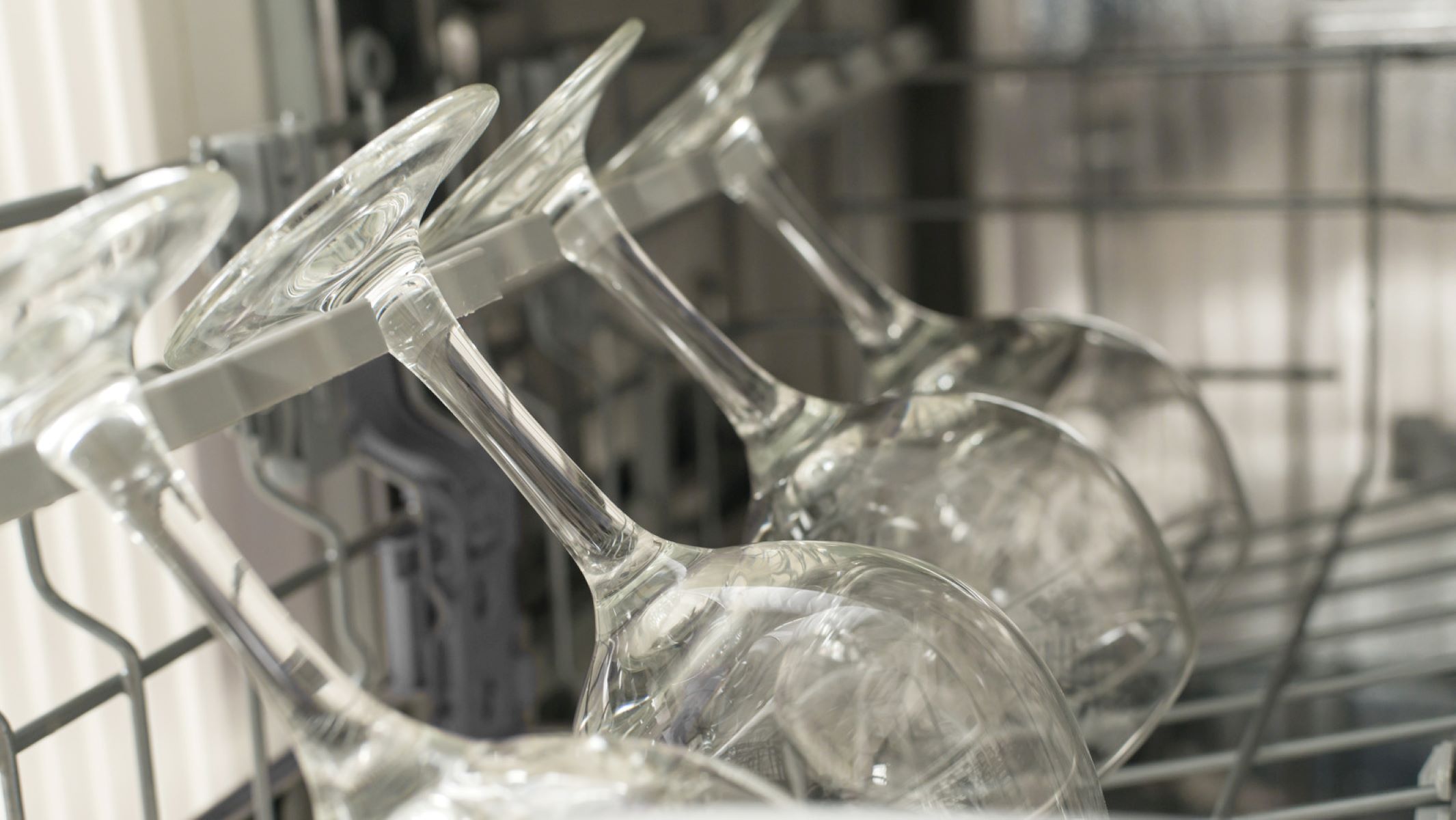

Interior Design Trends
Why Does Glass Get Cloudy In The Dishwasher
Modified: March 21, 2024
Discover the latest interior design trends and learn why glass gets cloudy in the dishwasher. Find expert tips and solutions to keep your glassware sparkling. Explore more with us!
(Many of the links in this article redirect to a specific reviewed product. Your purchase of these products through affiliate links helps to generate commission for Storables.com, at no extra cost. Learn more)
Introduction
Cloudy glassware is a common nuisance that many of us have encountered after running a load in the dishwasher. The frustration of pulling out what should be sparkling clean glasses, only to find them marred by a cloudy film, can be disheartening. But what causes this cloudy appearance, and how can it be prevented?
In this article, we will delve into the science behind cloudy glassware, exploring the factors that contribute to this phenomenon and providing practical tips to keep your glassware crystal clear. By understanding the root causes and implementing effective prevention strategies, you can bid farewell to cloudy glassware and enjoy the brilliance of your sparkling clean dishes.
Key Takeaways:
- Say goodbye to cloudy glassware by using water softeners, quality detergents, and rinse aids. Thoughtful loading and stacking in the dishwasher can also help maintain crystal-clear glassware.
- Cloudy glassware is caused by hard water minerals and high dishwasher temperatures. Combat this by adjusting settings, using rinse aids, and optimizing loading practices for sparkling clean dishes.
Read more: Why Does My Glassware Get Cloudy
The Science Behind Cloudy Glassware
When glassware emerges from the dishwasher with a cloudy film, it's not simply a matter of surface blemishes; there's a fascinating scientific explanation behind this phenomenon. The primary culprit behind cloudy glassware is the presence of dissolved minerals, particularly calcium and magnesium, in the water used during the dishwashing cycle. These minerals, commonly referred to as "hard water minerals," can leave behind a hazy residue on glass surfaces, creating the undesirable cloudy appearance.
The science at play here revolves around the interaction between these minerals and the glass surface. During the dishwashing process, the high temperatures and detergents used can cause the minerals in the water to bind with the glass, forming insoluble compounds. This chemical reaction leads to the formation of tiny crystalline structures on the glass, which scatter light and give rise to the cloudy or hazy appearance.
Furthermore, the heat of the dishwasher's drying cycle can exacerbate this process, as it accelerates the evaporation of water, leaving behind a higher concentration of minerals on the glass surface. As a result, the cloudy film becomes more pronounced, detracting from the clarity and luster of the glassware.
Understanding the science behind cloudy glassware is crucial for implementing effective prevention strategies. By gaining insight into the chemical processes that lead to this issue, we can explore targeted solutions to combat the formation of mineral deposits and preserve the pristine beauty of our glassware.
Factors Contributing to Cloudy Glassware
The cloudiness that plagues glassware post-dishwashing can be attributed to a combination of factors, each playing a distinct role in the formation of the undesirable film. Understanding these contributing elements is pivotal in devising effective strategies to combat cloudy glassware and maintain the pristine clarity of your dishes.
-
Water Hardness: The hardness of the water used in the dishwasher is a primary factor contributing to cloudy glassware. Hard water contains elevated levels of dissolved minerals, particularly calcium and magnesium. When the dishwasher operates, these minerals can deposit onto the glass surfaces, leading to the formation of the cloudy film. The higher the water hardness, the greater the likelihood of mineral buildup on the glassware.
-
Dishwashing Detergents: The type and formulation of dishwashing detergents also influence the propensity for glassware cloudiness. Some detergents may not effectively combat the effects of hard water minerals, leading to insufficient mineral removal during the dishwashing cycle. Additionally, the presence of phosphates in detergents can aid in preventing mineral deposits, thereby reducing the likelihood of cloudy glassware.
-
Dishwasher Temperature: The temperature settings of the dishwasher play a crucial role in the formation of cloudy glassware. High temperatures during the wash and rinse cycles can accelerate the reaction between hard water minerals and glass surfaces, promoting the deposition of mineral residues. Furthermore, the heat from the drying cycle can intensify the evaporation of water, leaving behind concentrated mineral deposits on the glassware.
-
Rinse Aid Usage: The utilization of rinse aids in the dishwasher can significantly impact the prevention of cloudy glassware. Rinse aids contain compounds that help to minimize the formation of water droplets on glass surfaces, thereby reducing the likelihood of mineral deposits. Additionally, they can aid in the effective rinsing of detergent residues, contributing to the overall clarity of the glassware.
-
Loading and Stacking: The arrangement of glassware within the dishwasher can also influence the occurrence of cloudiness. Overcrowding the dishwasher or stacking glassware in a manner that impedes water flow can lead to inadequate rinsing and increased contact with mineral-laden water, exacerbating the potential for cloudy residues.
By comprehending the multifaceted factors contributing to cloudy glassware, we can tailor our approach to mitigate these influences effectively. Implementing targeted solutions and preventive measures can help preserve the brilliance and transparency of glassware, ensuring that they emerge from the dishwasher gleaming and free from unsightly cloudiness.
How to Prevent Cloudy Glassware
Preventing cloudy glassware involves a proactive approach that addresses the underlying factors contributing to this issue. By implementing targeted strategies and adopting best practices, you can safeguard your glassware from the unsightly film caused by mineral deposits. Here are effective measures to maintain the pristine clarity of your glassware:
1. Water Softening Solutions
Addressing water hardness is pivotal in preventing cloudy glassware. Consider installing a water softener to reduce the concentration of minerals in the water used during the dishwashing cycle. Water softeners work by replacing calcium and magnesium ions with sodium or potassium ions, effectively mitigating the formation of mineral deposits on glass surfaces.
Read more: How To Get Rid Of Cloudy Glass
2. Selecting Quality Dishwashing Detergents
Opt for high-quality dishwashing detergents specifically formulated to combat the effects of hard water minerals. Look for detergents containing phosphate-based compounds, which aid in preventing mineral buildup and contribute to the overall clarity of glassware. Additionally, consider using detergent additives designed to enhance the removal of mineral residues, ensuring that your glassware emerges from the dishwasher crystal clear.
3. Adjusting Dishwasher Temperature Settings
Take advantage of the temperature settings on your dishwasher to minimize the likelihood of cloudy glassware. Lowering the wash and rinse cycle temperatures can reduce the reactivity between hard water minerals and glass surfaces, mitigating the formation of mineral deposits. Additionally, consider utilizing the air-dry setting instead of heat drying to minimize the evaporation of water and the subsequent deposition of minerals on the glassware.
4. Utilizing Rinse Aids
Incorporate rinse aids into your dishwashing routine to enhance the prevention of cloudy glassware. Rinse aids contain specialized compounds that promote effective rinsing and minimize the formation of water droplets on glass surfaces. By reducing water droplet formation, rinse aids help prevent the accumulation of mineral residues, contributing to the clarity and brilliance of your glassware.
5. Thoughtful Loading and Stacking
Optimize the arrangement of glassware within the dishwasher to facilitate thorough rinsing and minimize the risk of cloudy residues. Avoid overcrowding the dishwasher, as this can impede water flow and hinder effective rinsing. Additionally, ensure that glassware is stacked in a manner that allows for proper water circulation, reducing the likelihood of mineral deposits and promoting consistently clear glassware.
By implementing these preventive measures, you can effectively combat the formation of cloudy glassware and preserve the pristine clarity of your dishes. Understanding the interplay of factors contributing to this issue empowers you to proactively address them, ensuring that your glassware emerges from the dishwasher gleaming and free from unsightly cloudiness.
Read more: Why Does Dishwasher Smell
Conclusion
In conclusion, the phenomenon of cloudy glassware post-dishwashing is a result of the intricate interplay between water hardness, dishwashing detergents, temperature settings, rinse aids, and loading practices. The presence of dissolved minerals, particularly calcium and magnesium, in hard water can lead to the formation of a hazy residue on glass surfaces, detracting from their clarity and brilliance. Understanding the science behind this issue and the factors contributing to it is pivotal in devising effective prevention strategies.
By addressing water hardness through the use of water softening solutions and selecting quality dishwashing detergents formulated to combat hard water minerals, individuals can significantly reduce the likelihood of cloudy glassware. Adjusting dishwasher temperature settings and utilizing rinse aids further contribute to the prevention of mineral deposits, ensuring that glassware emerges from the dishwasher crystal clear.
Furthermore, thoughtful loading and stacking practices play a crucial role in minimizing the risk of cloudy residues, allowing for thorough rinsing and effective prevention of mineral buildup. By optimizing these factors and implementing targeted preventive measures, individuals can preserve the pristine clarity of their glassware, enhancing the overall dishwashing experience.
It is essential to recognize that the prevention of cloudy glassware extends beyond mere aesthetics; it encompasses the preservation of the integrity and longevity of glassware. By safeguarding glassware from the detrimental effects of mineral deposits, individuals can prolong the lifespan of their dishes and maintain their original luster and transparency.
In essence, the prevention of cloudy glassware is a multifaceted endeavor that demands a comprehensive approach. By integrating water softening solutions, quality detergents, temperature adjustments, rinse aids, and thoughtful loading practices, individuals can bid farewell to cloudy glassware and revel in the brilliance of their sparkling clean dishes. This proactive approach not only enhances the visual appeal of glassware but also underscores a commitment to maintaining the quality and beauty of kitchen essentials.
Frequently Asked Questions about Why Does Glass Get Cloudy In The Dishwasher
Was this page helpful?
At Storables.com, we guarantee accurate and reliable information. Our content, validated by Expert Board Contributors, is crafted following stringent Editorial Policies. We're committed to providing you with well-researched, expert-backed insights for all your informational needs.
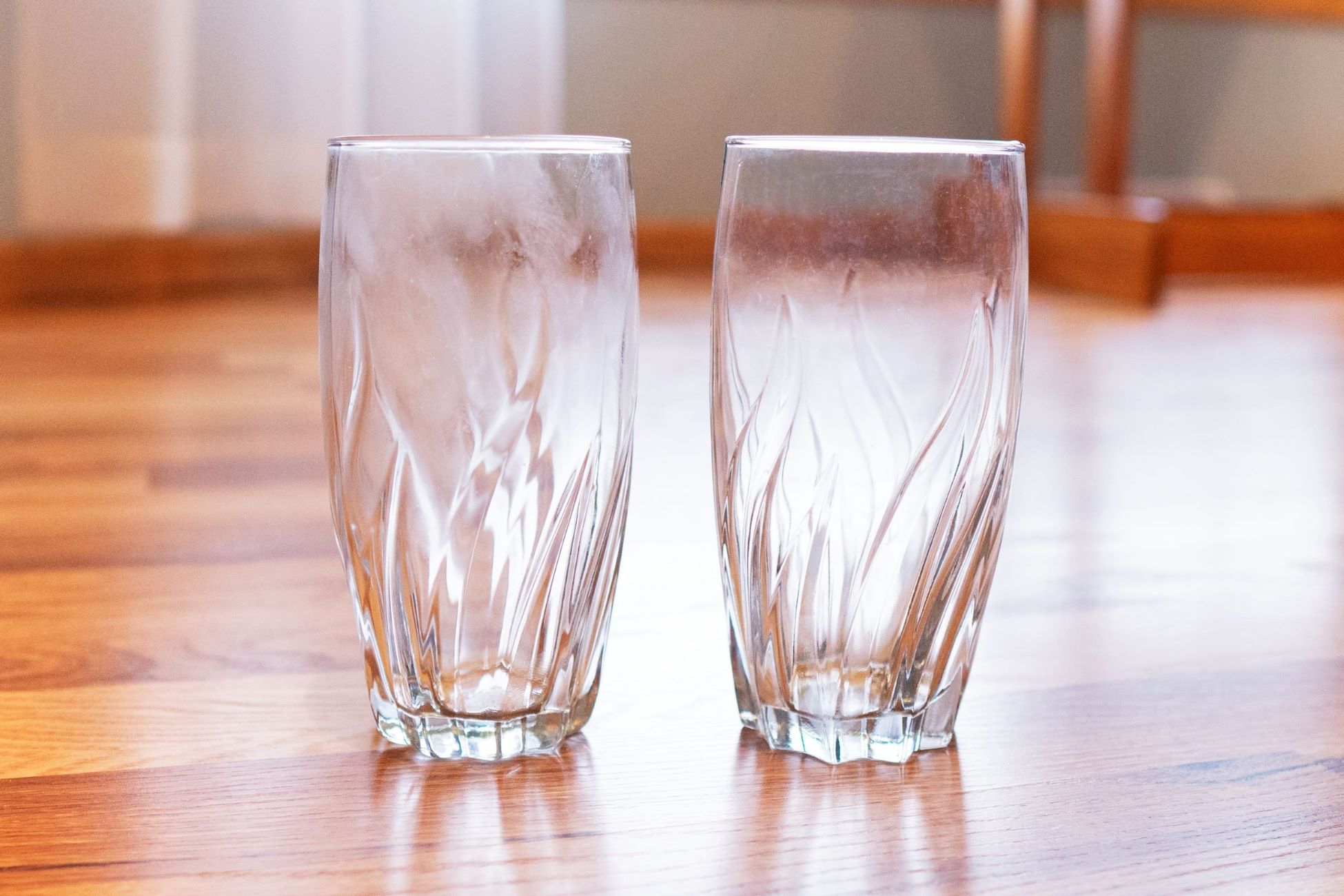

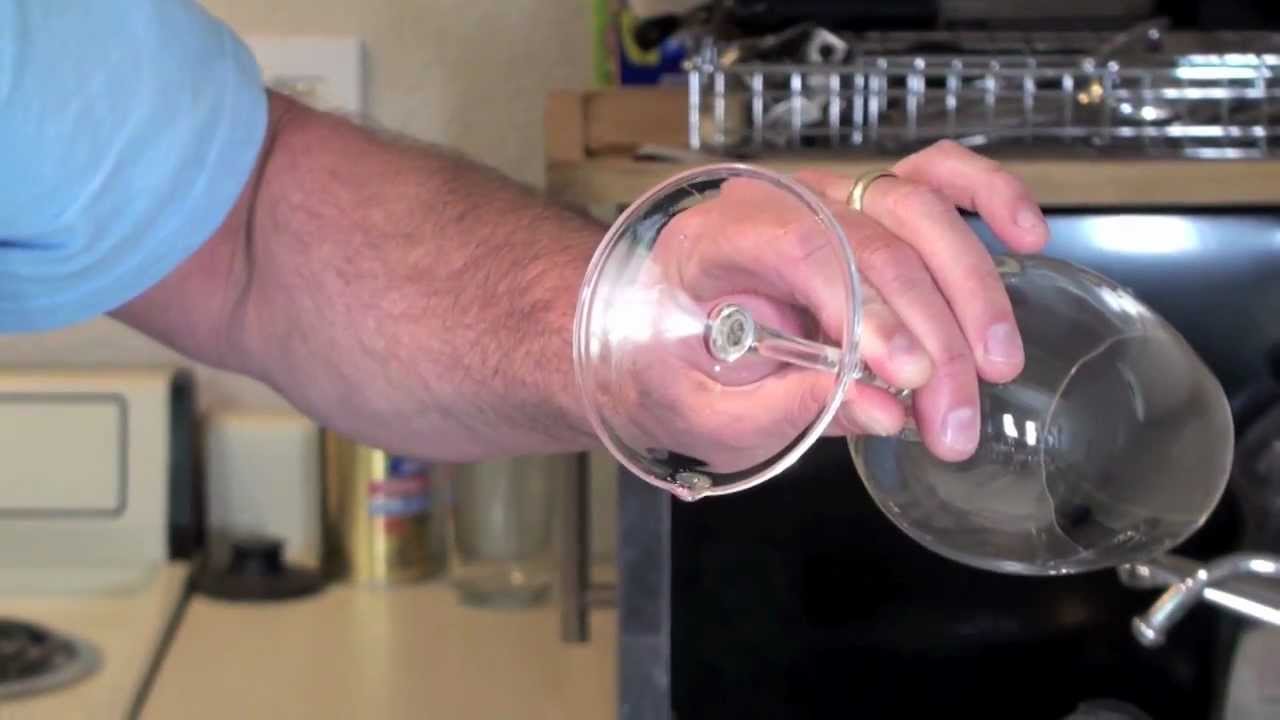
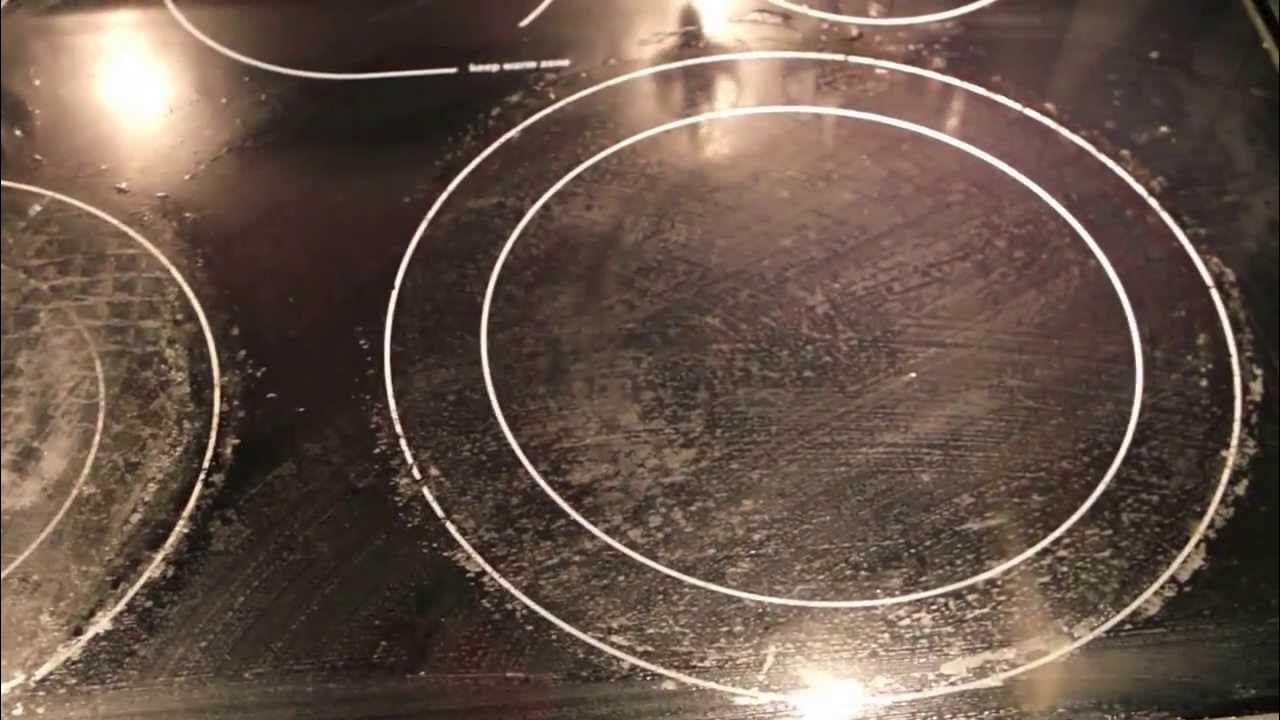
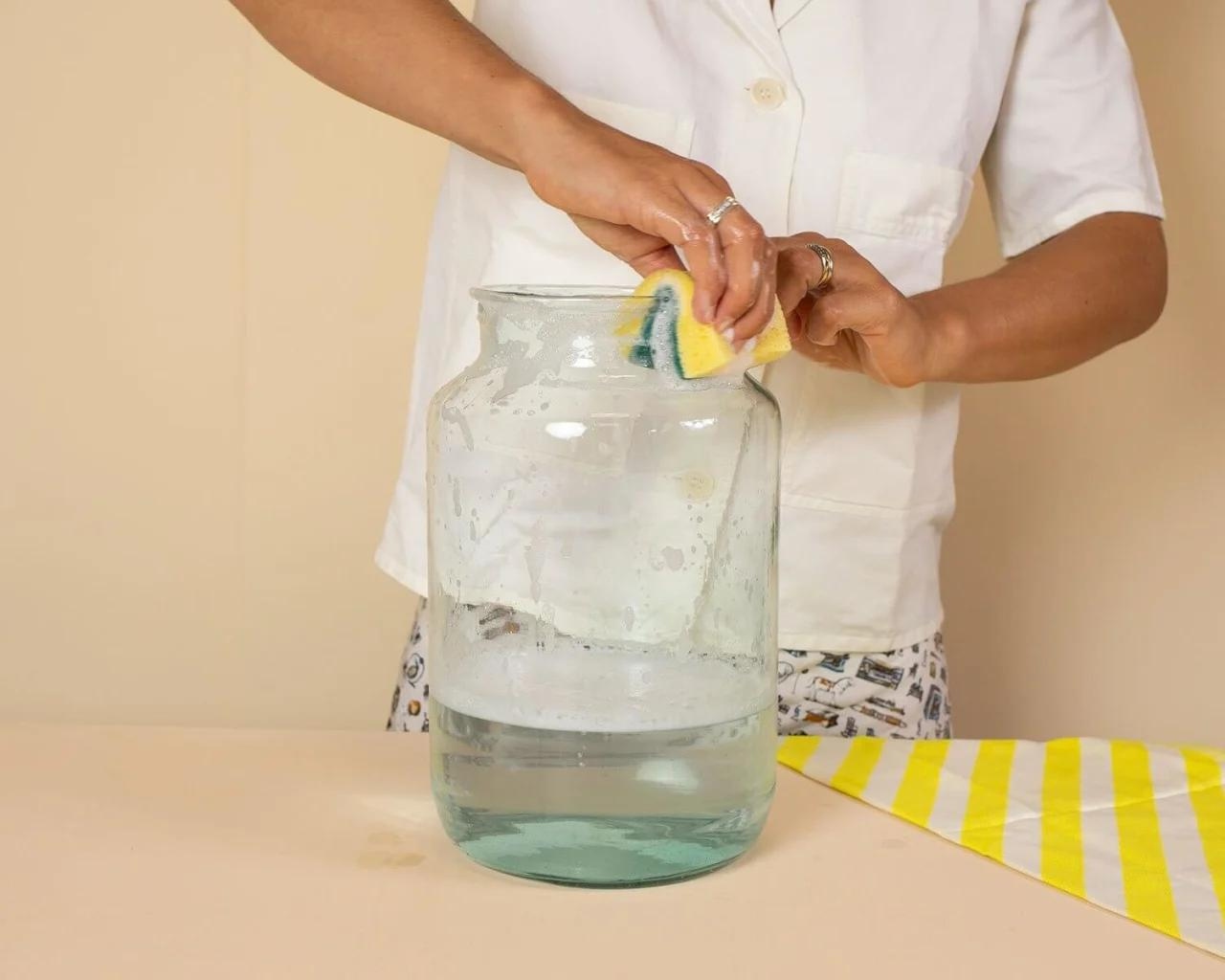
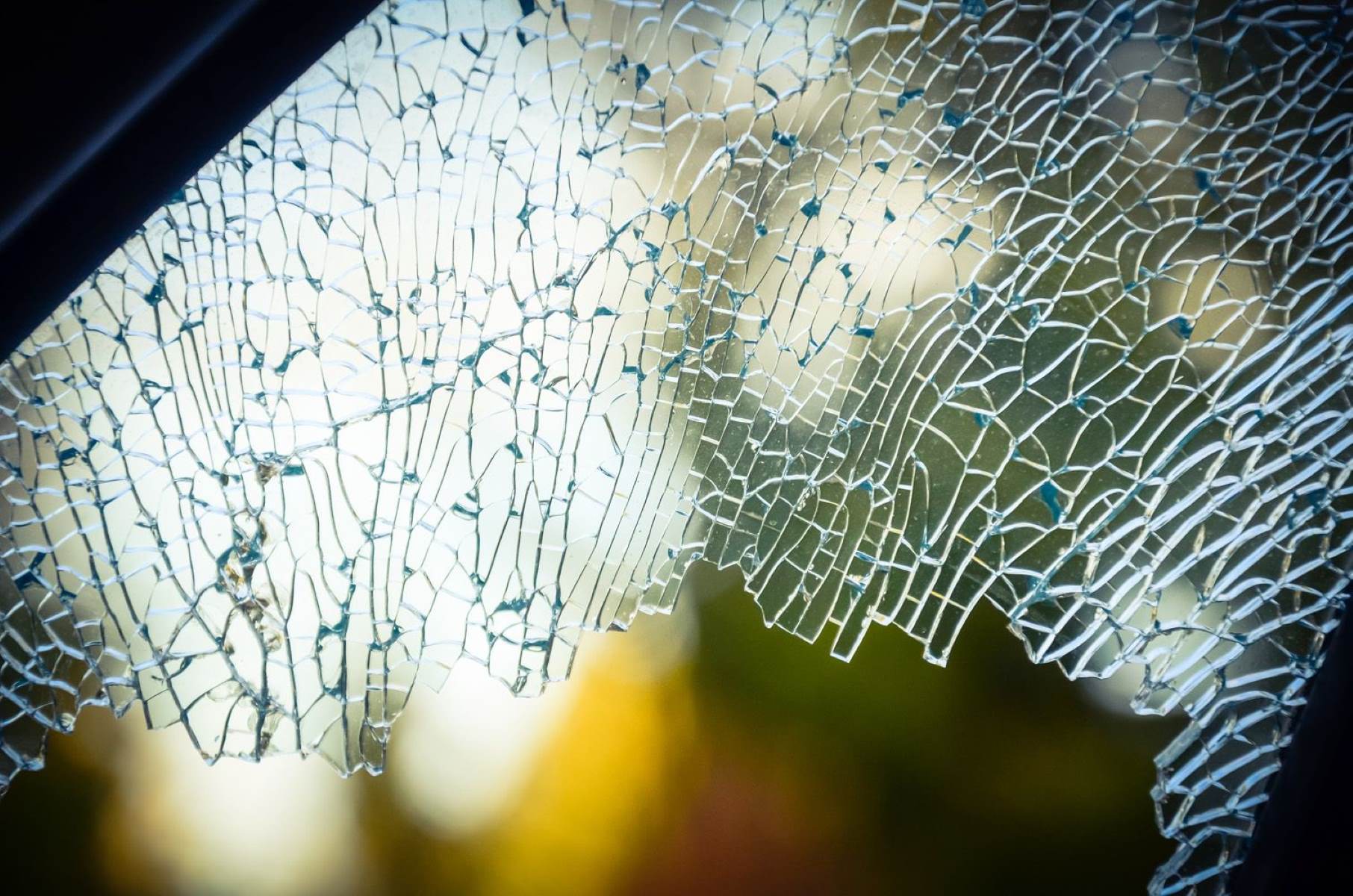

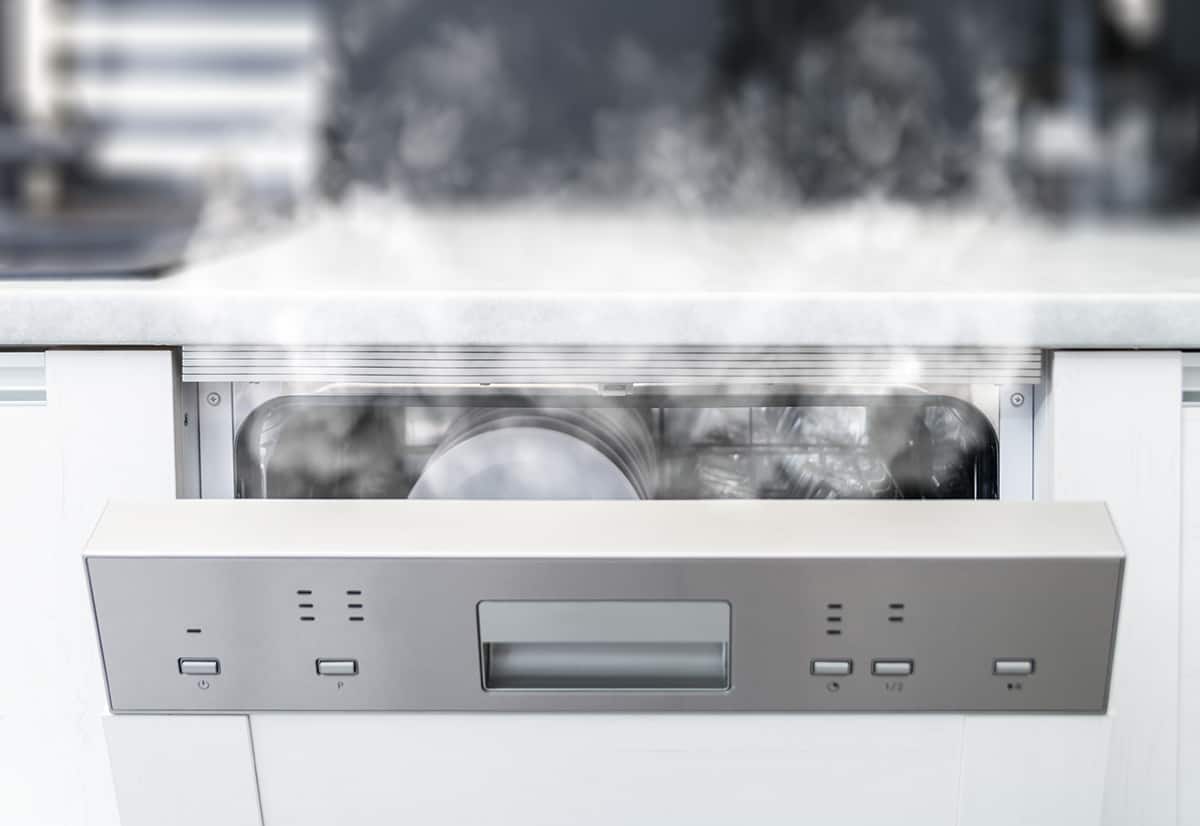
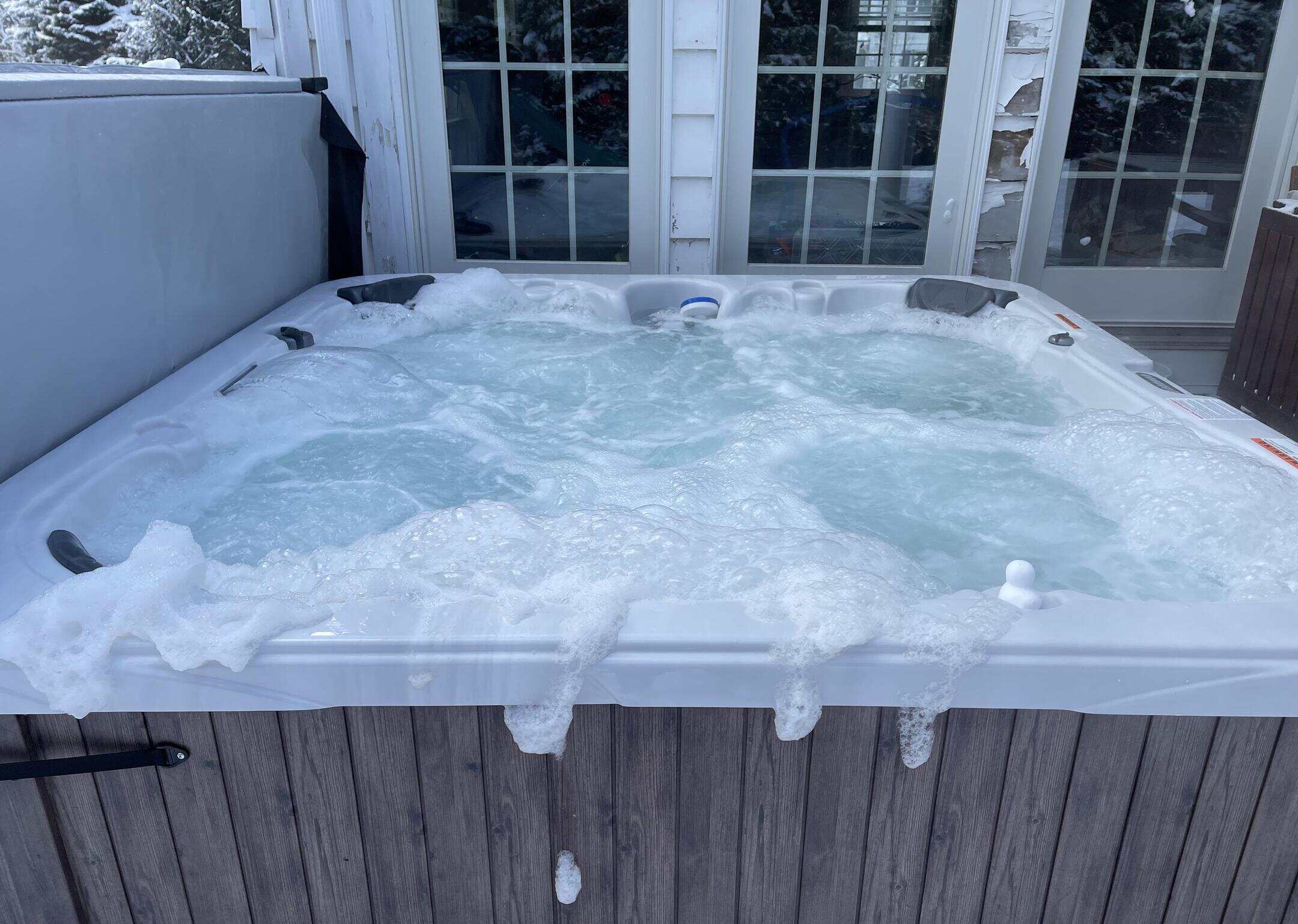
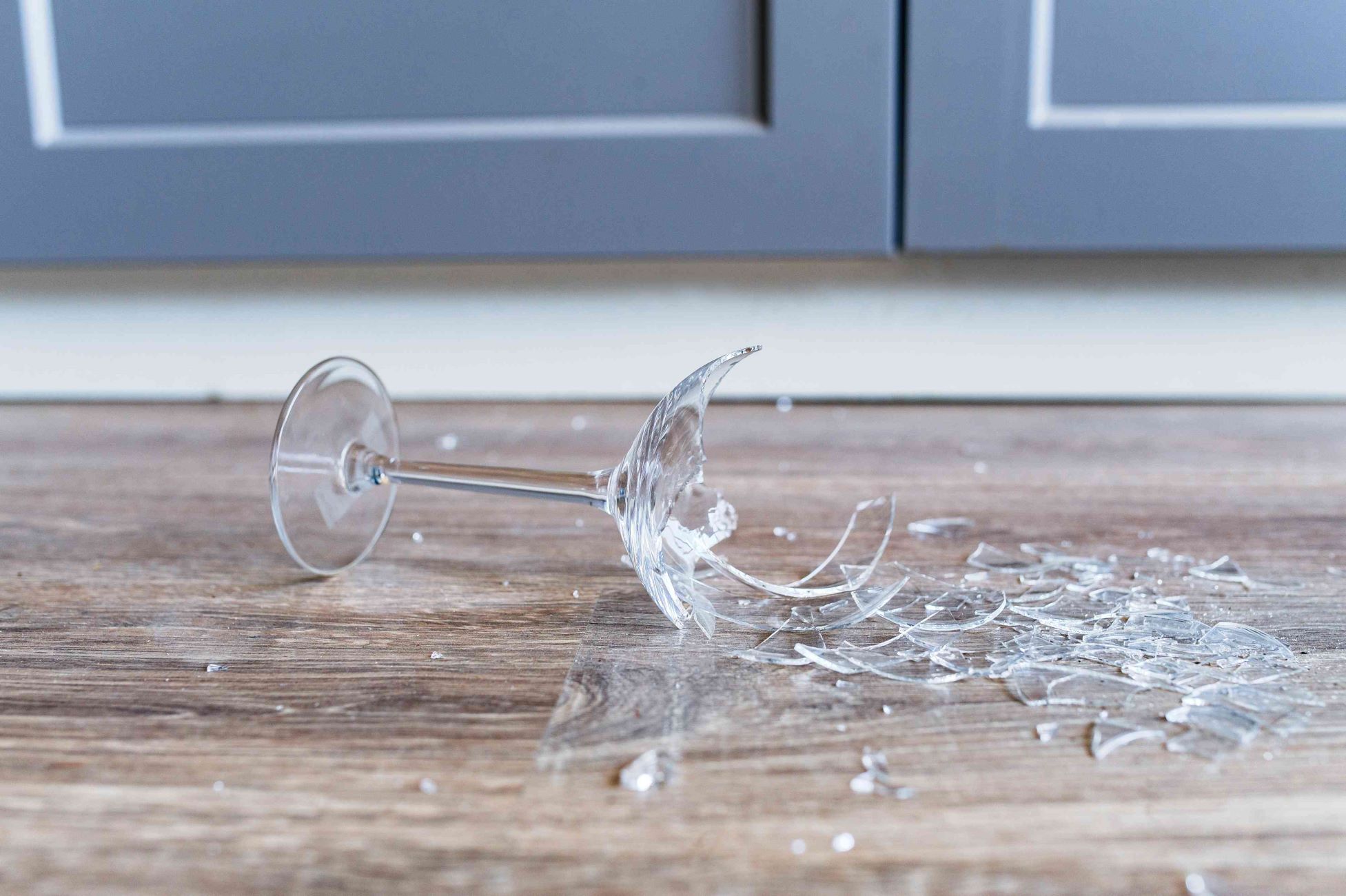
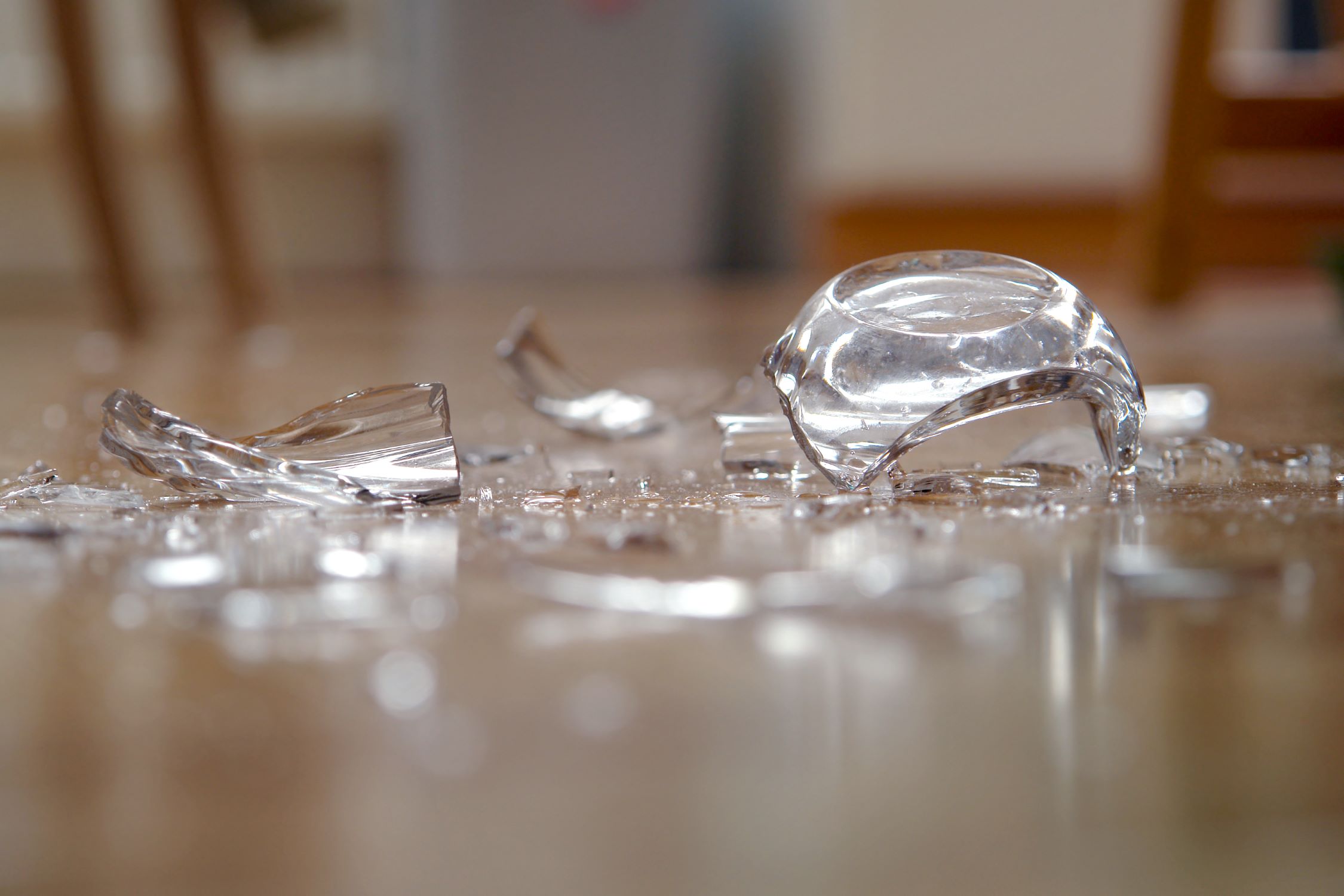

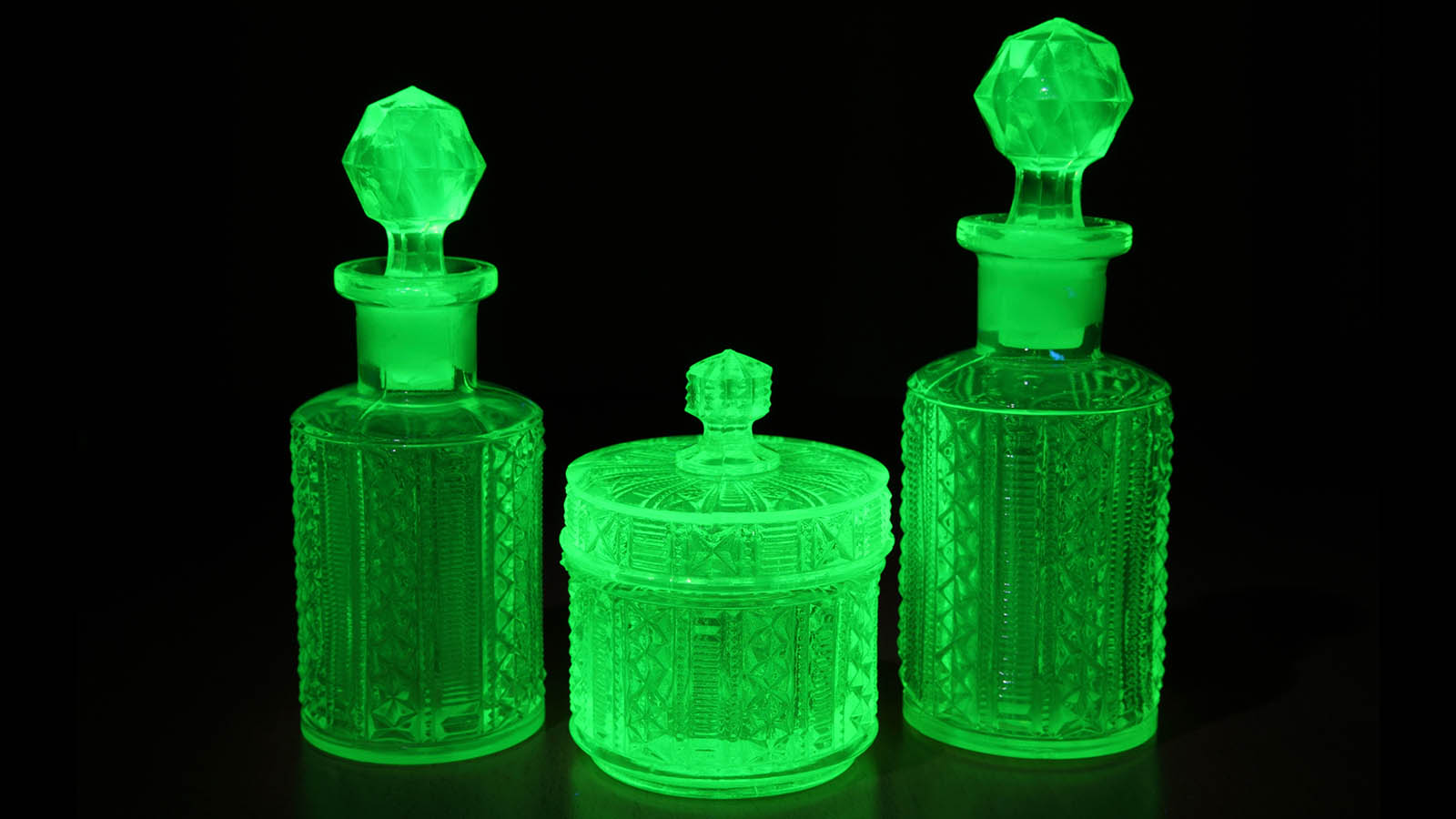

0 thoughts on “Why Does Glass Get Cloudy In The Dishwasher”